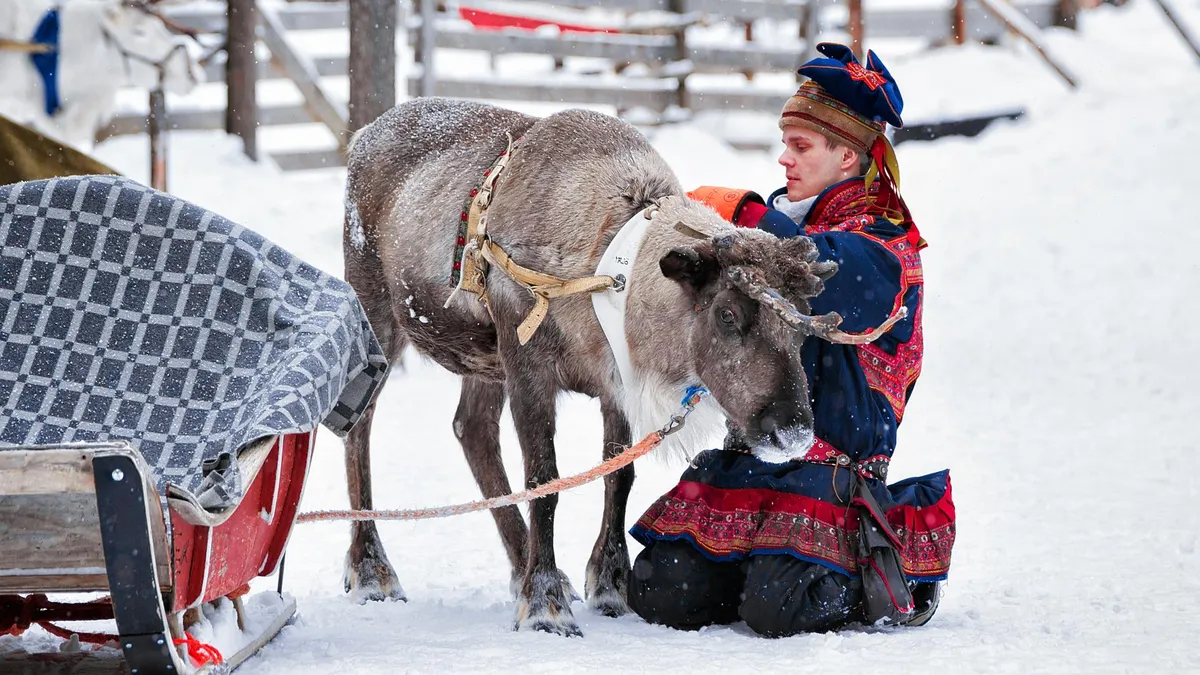
A new study of ancient genomes has revealed that present-day speakers of Hungarian, Finnish, and Estonian possess significant Siberian ancestry. This genetic lineage is believed to have originated from a group of people who inhabited the forest steppes of the Altai Mountains in Central and East Asia approximately 4,500 years ago. The research highlights the complex relationship between ancient populations and modern languages, indicating that while genetics can illuminate migratory patterns, it does not definitively establish a link between languages and genetic heritage.
Published on July 2 in the journal Nature, the study analyzed the genomes of 180 individuals who lived in northern Eurasia during the Mesolithic to Bronze Age periods, approximately 11,000 to 4,000 years ago. These genomes were compared to a comprehensive database of over 1,300 previously studied ancient individuals. Among the significant discoveries was the identification of a DNA pattern referred to as Yakutia_LNBA, which was consistently associated with ancient and modern Uralic-speaking populations.
The Uralic language family encompasses more than 20 languages, with the most notable being Estonian, Finnish, and Hungarian. Linguists have long been intrigued by these languages due to their distinctiveness from the surrounding Indo-European languages. Interestingly, neighboring populations that speak Indo-European languages tend to lack the Yakutia_LNBA ancestry, as highlighted by the study's lead author, Tian Chen Zeng, a graduate student in human evolutionary biology at Harvard University.
Researchers traced the Yakutia_LNBA ancestry to individuals who lived between 4,500 and 3,200 years ago in Siberia, possibly linked to the ancient Ymyyakhtakh culture. This culture was known for its ceramic technology and bronze artifacts. Archaeological evidence shows that Ymyyakhtakh pottery spread southward into the Altai-Sayan region around 4,000 years ago, suggesting a connection between this ancient culture and the spread of Uralic-speaking communities.
Zeng noted that the Yakutia_LNBA ancestry may have been a crucial marker in tracing the migration patterns of early Uralic-speaking populations, stating, "Yakutia_LNBA may serve as an excellent tracer dye for the spread of early Uralic-speaking communities." Furthermore, the study indicated that this ancestral group exhibited a patrilineal organization, as identified through Y chromosome patterns in the ancient DNA.
While the study presents compelling evidence of genetic links, the relationship between genetics and language is complex and multifaceted. As Catherine Frieman, an archaeologist at Australian National University, points out, a person’s genetic makeup does not necessarily reveal the languages they spoke or their primary language. She emphasizes the importance of considering multilingualism and the ways it may have influenced language spread and evolution.
Zeng acknowledged that ancient populations were likely multilingual and that significant language changes would have necessitated migration or the integration of newcomers into existing populations, leaving a genetic footprint. However, Frieman cautions against equating genetic clusters with specific languages or families, stressing that the study primarily focused on population genomics rather than linguistic relationships.
This groundbreaking research sheds light on the ancient genetic roots of present-day speakers of Uralic languages and their potential Siberian ancestry. While it opens new avenues for understanding the migration and evolution of these populations, the intricacies of language development and genetic heritage require further exploration. The interplay between ancient DNA and language remains a captivating area for future research.